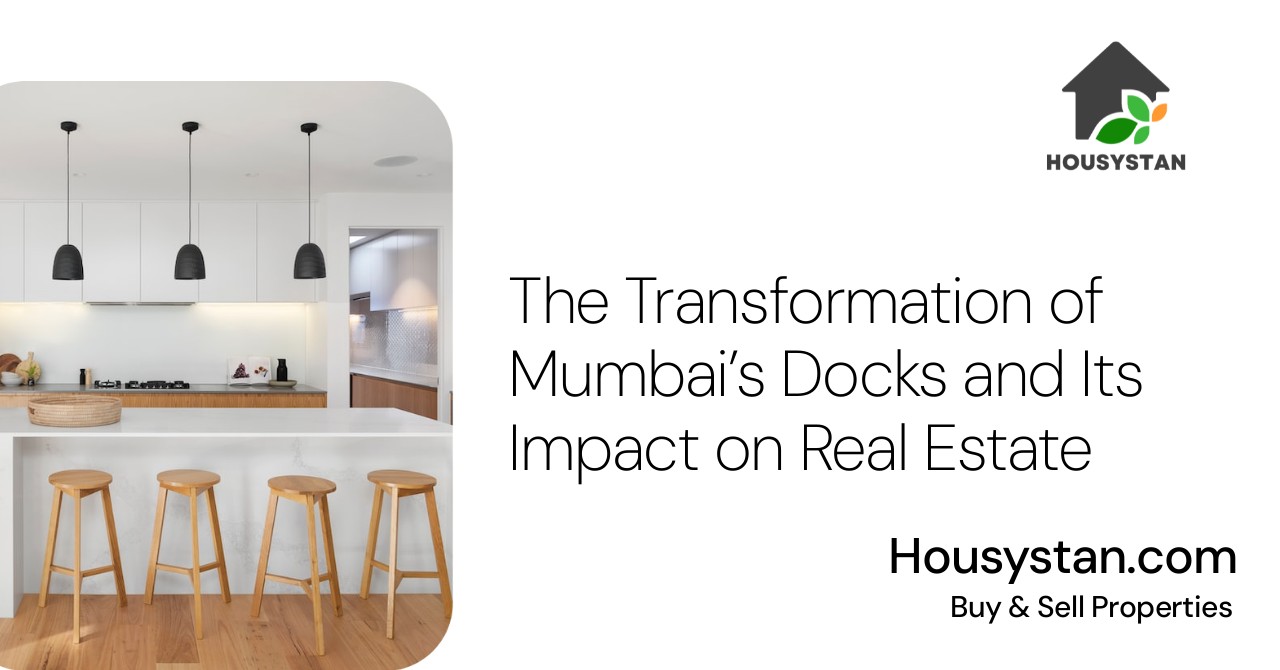The Transformation of Mumbai’s Docks and Its Impact on Real Estate
Read latest blogs and articles from Housystan

The Information mentioned here was last updated on:
31/12/2025The transformation of Mumbai’s docks has significantly reshaped the city’s landscape, creating remarkable opportunities for real estate development. As one of India’s most vibrant metropolitan hubs, Mumbai continues to evolve, and the revitalization of its docklands has played a crucial role in this urban renaissance. Once solely dedicated to maritime activities, these docks have now become hotspots for innovative residential and commercial projects, drawing attention from investors, developers, and city planners alike.
Strategically situated along the Arabian Sea, the Mumbai docks area enjoys excellent connectivity to prominent neighborhoods such as Colaba, Mazgaon, and Sewri. The recent infrastructure upgrades—including improved road networks, new metro lines, and enhanced public transport—have made this district even more accessible. These advancements have not only eased commuting but have also increased the attractiveness of the region for both businesses and homebuyers seeking modern amenities within reach of the city’s financial heart.
Urban redevelopment projects in the docklands have led to a surge in demand for premium housing and commercial spaces. Developers are launching high-rise apartments, luxury condominiums, and state-of-the-art office complexes, transforming the once-industrial waterfront into a lively urban zone. These projects are designed with sustainability in mind, offering green spaces, energy-efficient features, and world-class facilities. As a result, property values in the vicinity have witnessed substantial appreciation, making the area a sought-after destination for real estate investment in Mumbai.
- Verified Tenants/Buyers
- Unlimited Property Listing
- Zero subscription/charges fee
Furthermore, the transformation of Mumbai’s docks has spurred economic growth by attracting new businesses, startups, and creative industries. The proximity to major transport hubs and the central business district enhances the appeal for multinational corporations and local enterprises. Retail outlets, entertainment centers, and leisure venues are flourishing, contributing to the area’s dynamic lifestyle and urban charm.
In summary, the ongoing redevelopment of Mumbai’s docklands represents a significant turning point for the city’s real estate sector. With its strategic coastal location, improved infrastructure, and thriving community life, the docks area is poised to become one of Mumbai’s most desirable neighborhoods, drawing residents and investors from across the region and beyond.